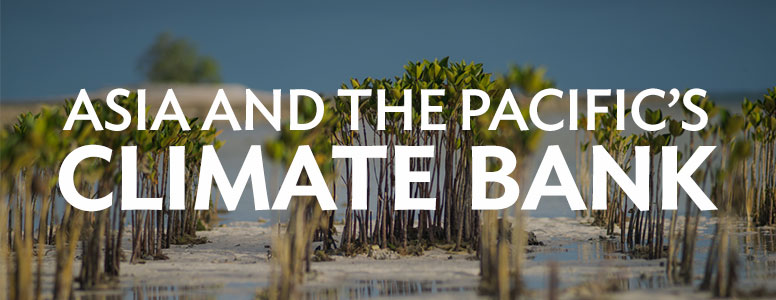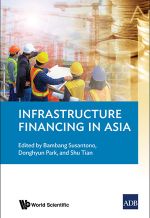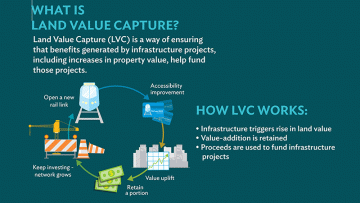Data and Statistics
Data and statistical analysis in the Asia and Pacific region contribute to knowledge generation in ADB, helping strengthen its institutional priorities and operational effectiveness in its developing member economies.
In the Spotlight
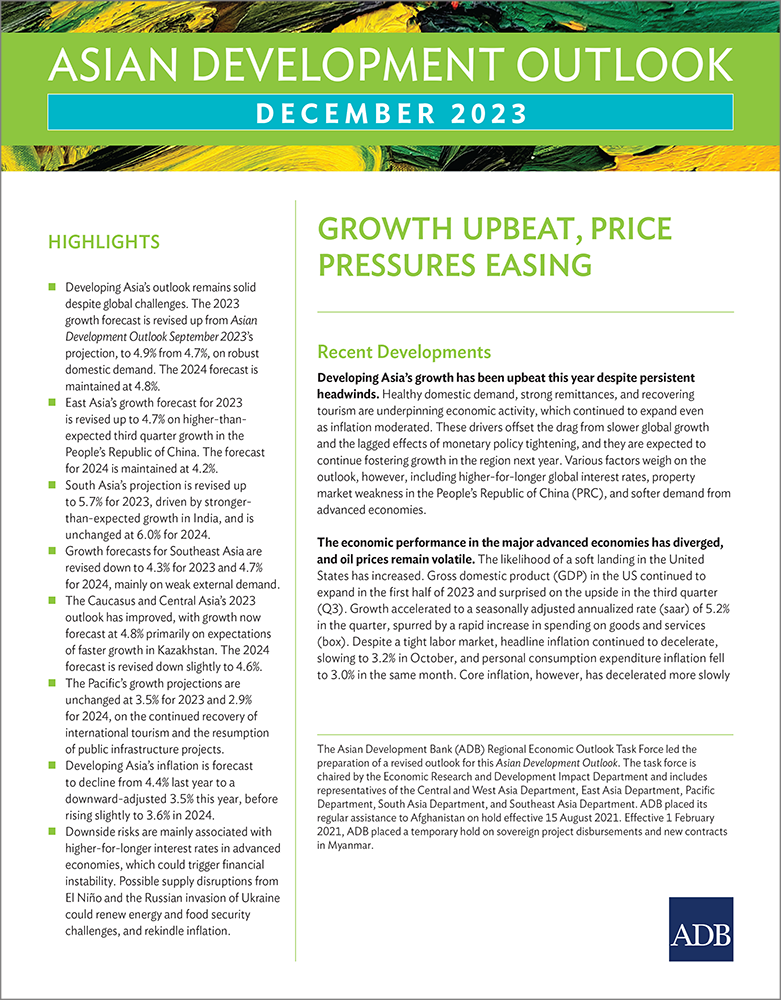
Asian Development Outlook December 2023
Developing Asia’s outlook remains upbeat despite global challenges. The 2023 growth forecast is revised up from September’s projection, to 4.9% from 4.7%, on robust domestic demand. The 2024 forecast is maintained at 4.8%.
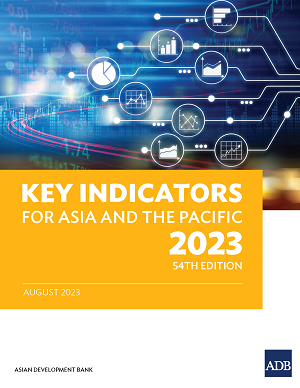
Key Indicators for Asia and the Pacific 2023
This publication provides updated statistics on a comprehensive set of economic, financial, social, and environmental measures as well as select indicators for the Sustainable Development Goals (SDGs).
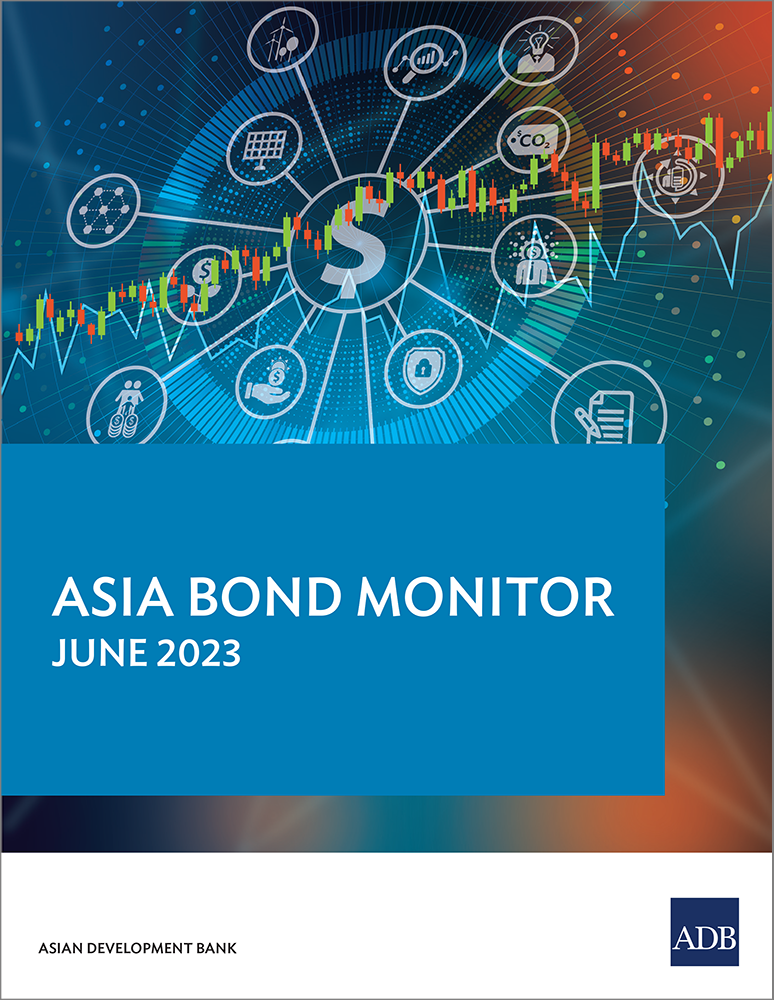
Asia Bond Monitor – June 2023
This edition presents recent developments in emerging East Asian local currency bond markets and features a special section about how increased climate risk awareness can influence investors’ trading decisions.
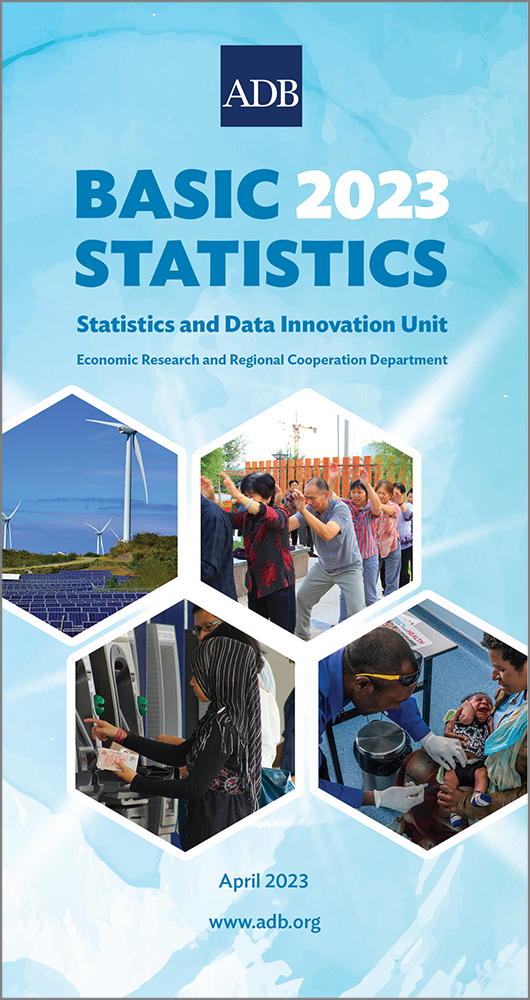
Basic Statistics 2023
Basic Statistics 2023 presents data for 46 economies in Asia and the Pacific on development indicators tracking progress toward the Sustainable Development Goals (SDGs).
Climate Change Financing at ADB
ADB has placed combating climate change and its consequences at the top of its development agenda. The bank is therefore scaling up support to address climate change, disaster risks, and environmental degradation, elevating its ambition to provide $100 billion in cumulative climate financing from its own resources to its developing member countries for the period 2019-2030.
ADB Data Library
The ADB Data Library is the central store for all of ADB's public data. Browse data, view visualizations and interact with APIs.
Key Indicators Database (KIDB)
KIDB is ADB's central statistical database for macroeconomic and social indicators from across Asia and the Pacific.
AsianBondsOnline
AsianBondsOnline is a one-stop source of information on bond markets in emerging East Asia.
Economic Research
ADB analyzes economic and development issues in the Asia and Pacific's developing economies through its flagship publication - the Asian Development Outlook (ADO) series. Research on East Asian local currency bond markets, economic integration, and economic working papers are also available.
Asian Development Outlook (ADO) December 2023: Key Messages
- Developing Asia’s outlook remains upbeat despite global challenges. The 2023 growth forecast is revised up from Asian Development Outlook September 2023’s projection, to 4.9% from 4.7%, on robust domestic demand. The 2024 forecast is maintained at 4.8%.
- Developing Asia’s inflation is forecast to decline from 4.4% last year to a downward-adjusted 3.5% this year, before rising slightly to 3.6% in 2024.
- Downside risks are mainly associated with higher-for-longer interest rates in advanced economies, which could trigger financial instability. Possible supply disruptions from El Niño and the Russian invasion of Ukraine could renew energy and food security challenges, and rekindle inflation.
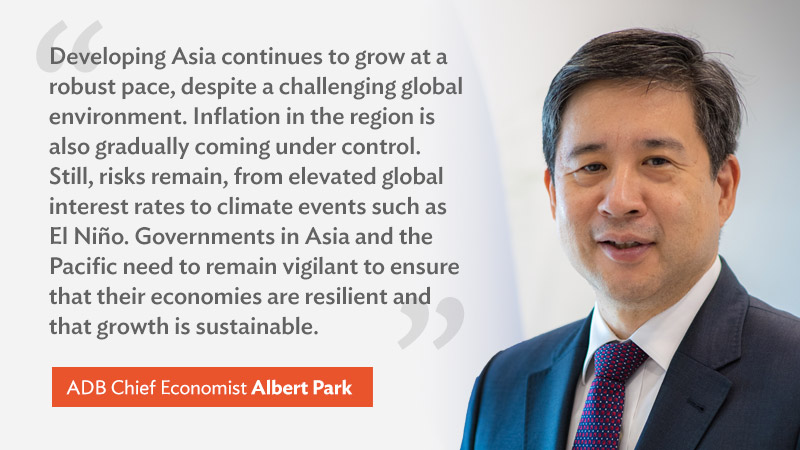
Economic and Social Statistics: Asia and the Pacific
ADB acknowledges the need for reliable, timely, granular, and integrated data, as well as innovative ways to produce them, to guide economic and social development to ensure that nobody is left behind. To aid in evidence-based policymaking, ADB produces key knowledge resources and partners with statistics agencies in Asia and the Pacific to improve the region's capability to produce effective statistics.
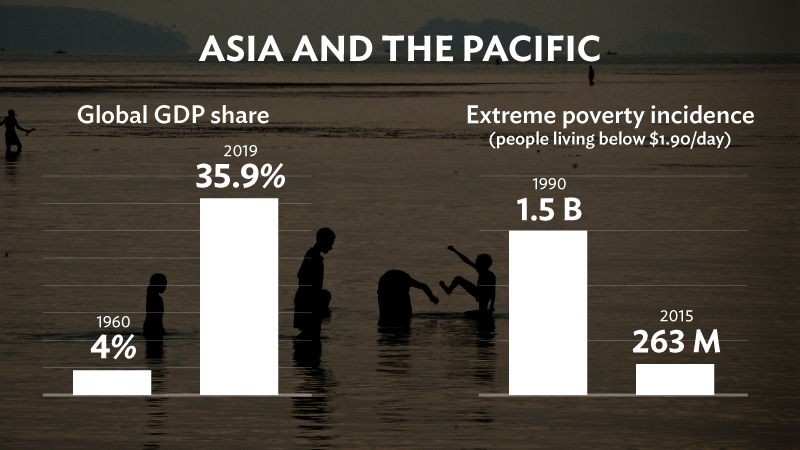
ADB Corporate Data
Data on ADB's operations, projects, project results and performance, internal administration, and financial management; including cofinancing partnerships and climate financing.
Financing Infrastructure
Hefty infrastructure needs of $26 trillion from 2016-2030 means Asia and the Pacific needs to find new ways to attract investment. These could include more private financing, infrastructure bonds, or capturing the value of higher land prices.

